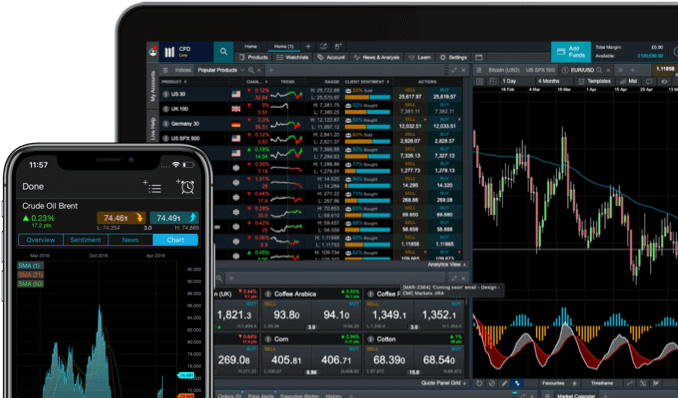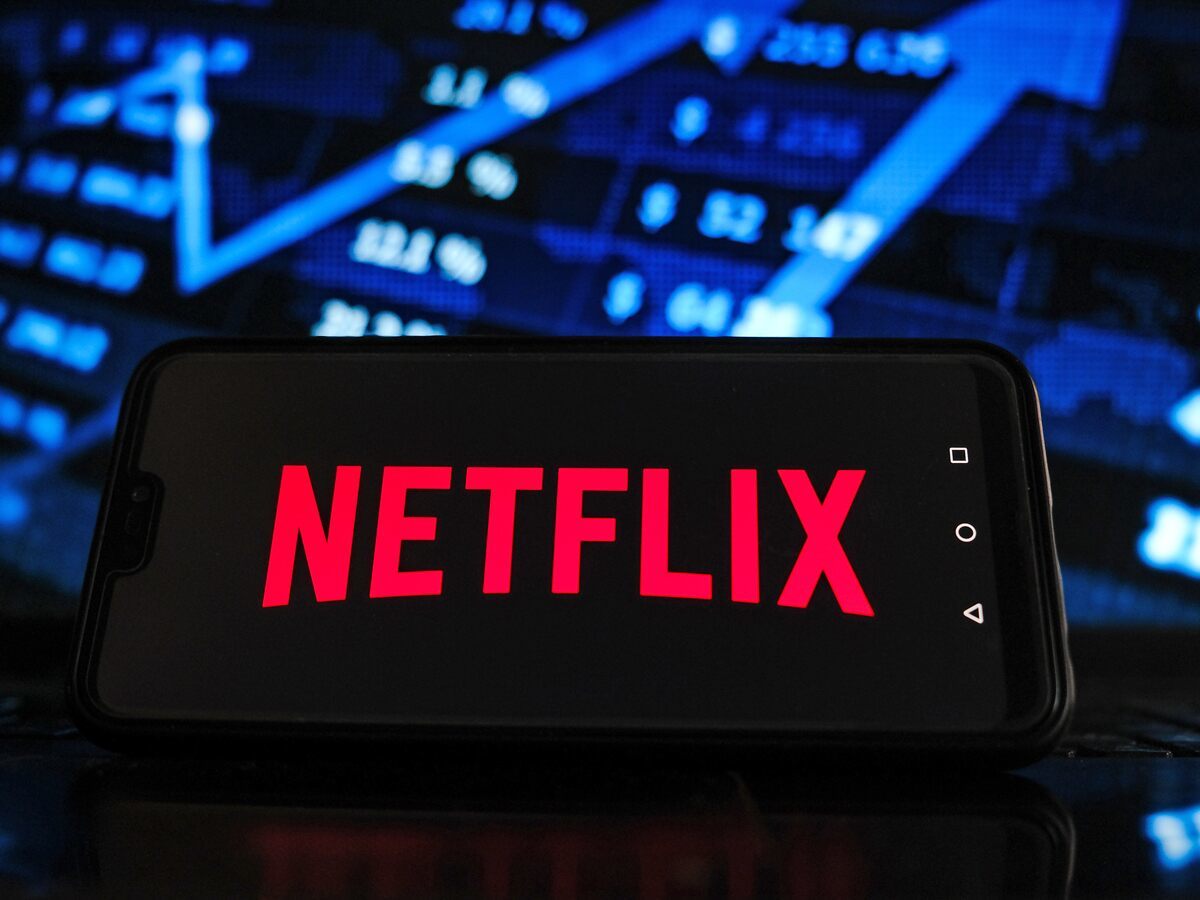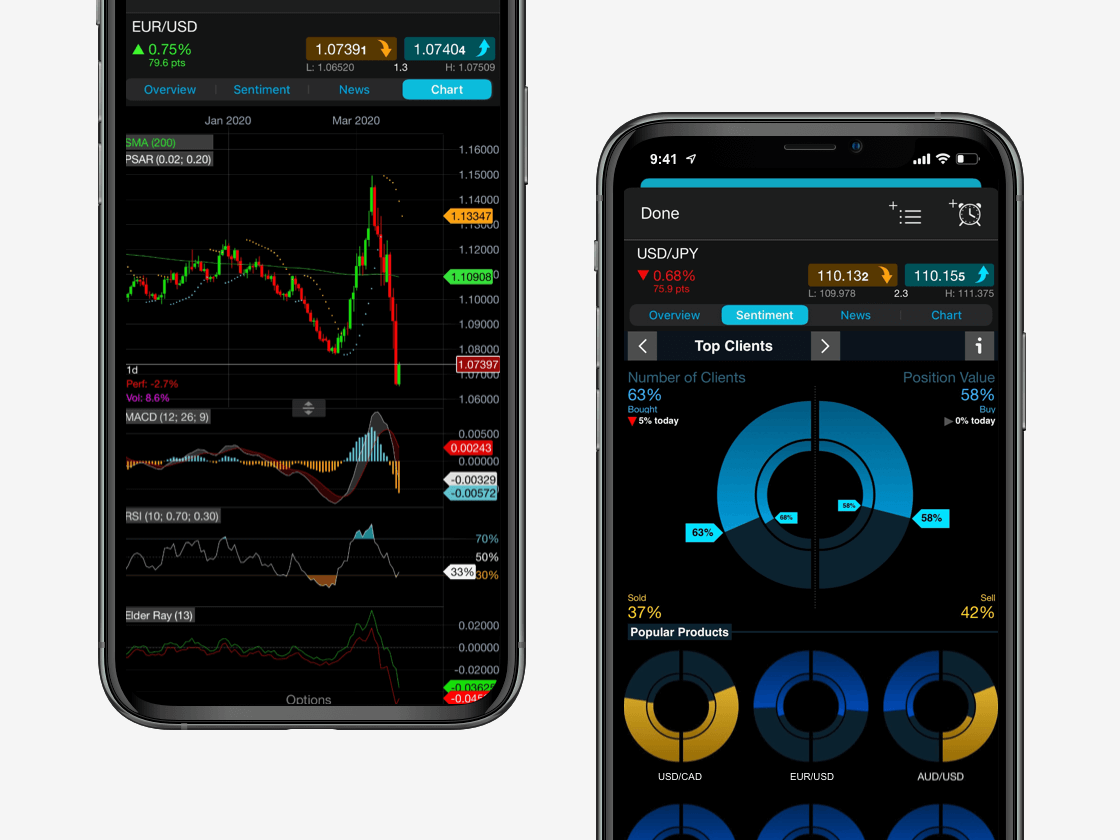The streaming market is a competitive one and the dominance fluctuates often between companies. Back in 2002, Netflix emerged as a small-budget company, selling shares for only $15 on the stock market. This is when the main method of home entertainment was through physical rentals from Blockbuster and similar businesses. Around the same time, Amazon Video launched an on-demand service, which prompted both companies to compete in the race for a global streaming service.
Over-the-top (OTT) media services are streaming services that are accessible to viewers through the internet. Video streaming takes place primarily on smart TVs, tablets, mobile phones and desktop computers, as well as other devices. OTT services overlook the traditional methods of cable and satellite TV access and are much easier and quicker to access online. Given their modern popularity, home entertainment can provide many promising assets to trade and streaming services now hold a prominent sector within the financial markets.
In recent years, there has been a major surge in streaming platforms, where video is not only streamed to TV boxes but also mobile apps, tablets and smart TVs. The majority of companies offer 30-day trials of their platforms in order to engage with a wider audience. Google, Apple and Disney have all since designed their own streaming services, as well as those that are prominent in the market but on a smaller scale, such as Sky Cinema, Amazon Fire TV and HBO Max.
In general, large-cap stocks are usually seen to be more reliable and stable during periods of political, social or economic instability, as they aim to have a consistent and stable cash flow and balance sheets in the long-term. Traders often use this type of company analysis before opening a position on a streaming stock, as it is important to analyse how the company is maintaining their worth throughout difficult times.
Learn about trading on stocks and shares in the UK in our complete guide.



















